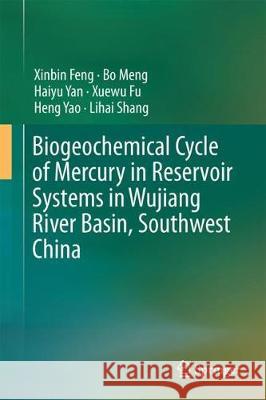Biogeochemical Cycle of Mercury in Reservoir Systems in Wujiang River Basin, Southwest China » książka
topmenu
Biogeochemical Cycle of Mercury in Reservoir Systems in Wujiang River Basin, Southwest China
ISBN-13: 9789811067181 / Angielski / Twarda / 2017 / 416 str.
Biogeochemical Cycle of Mercury in Reservoir Systems in Wujiang River Basin, Southwest China
ISBN-13: 9789811067181 / Angielski / Twarda / 2017 / 416 str.
cena 602,40
(netto: 573,71 VAT: 5%)
Najniższa cena z 30 dni: 578,30
(netto: 573,71 VAT: 5%)
Najniższa cena z 30 dni: 578,30
Termin realizacji zamówienia:
ok. 22 dni roboczych
Dostawa w 2026 r.
ok. 22 dni roboczych
Dostawa w 2026 r.
Darmowa dostawa!
This book presents an intensive study on the biogeochemical cycle of mercury in a river-reservoir system in Wujiang River Basin, the upper branch of the Yangtze River.











